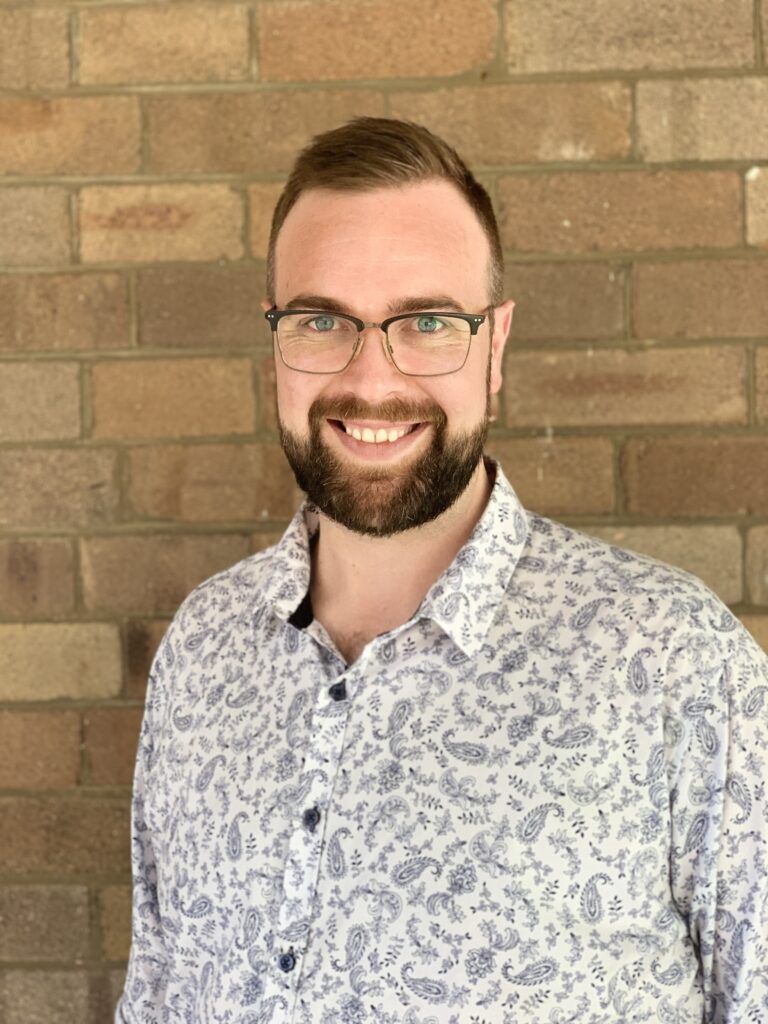
Osteopath Michael Johnco is currently the only Advanced Pain Management Osteopath within Queensland. Michael is also one of only seven in Australia with this title.
This title is a sign that an Osteopath has undergone additional university training after completing their degree. It shows they have a high level of understanding of an area and how to help people clinically.
There are other areas of additional training now recognised in Australia, such as Paediatrics, Sports and Occupational Rehabilitation. Michael completed his Graduate Certificate in Pain Management through the University of Sydney.
What does the extra training in pain management involve?
The Graduate Certificate in Pain Management explores multiple avenues around acute and chronic pain, including:
- 1. Pain conditions: complex conditions – how they present, how to recognise them and how to best manage them.
- 2. Pain contributors: Physical aspects that play into your pain experience. How they are affected and modified by your mood, environment, exercise, social support network and medications.
- 3. Pain treatment: the latest evidence in what is effective for which conditions, including exercise, medicines, surgeries, and psychology. There was also a strong focus on best practice and when to involve the right health professionals to manage you appropriately.
As a result of this additional training, Michael has the ability to recognise aspects that may hinder your recovery. He can offer suggestions on how to make sure that you recover as quickly and effectively as possible. It also means that Michael is specifically trained in how to manage complex cases of persistent pain. He helps to deal with issues that have been around for years or have been poorly managed in the past. Michael also works in conjunction with a range of allied and primary health practitioners. In doing this he can offer the best solutions to get you able to live your best life. If you have a problem that others haven’t been able to offer solutions, come and see Michael at our New Farm clinic.
Below Michael explains “What is Pain” and his approach to treating pain
What is pain
Pain is “an unpleasant sensory and emotional experience associated with actual or potential tissue damage” (IASP, 2019). Pain is not just about tissue damage – there are many factors that influence what you feel. Biological factors, like inflammation, tears or bulges make up only a small part of the input. These things are also poorly linked to severity of pain (Moseley, 2017).
Other factors can include:
- Spinal cord changes
- Brian changes (such as central sensitisation)
- Past injuries or experiences – such as recurrent ankle sprains.
- Catastrophising, or thinking you can’t get better
- Anxiety or depression, as well as many more.
The experience of pain is an output by the brain and is a mix of different factors merged together. An ankle sprain done on a basketball court may be extremely painful and stop you walking normally for a week or two. For example an ankle sprain done on a basketball court may be extremely painful and stop you walking normally fora week or two. The same ankle sprain when being chased by a tiger may be a minor nuisance because the brain decides there are other factors more important to your survival. We also commonly see that pain is worse when we are stressed or highly anxious. This is not because the injury is worse, but because some contributing factors can increase the output of pain.
What is pain management?
This does NOT mean that pain is all in your head. Even pain in the absence of tissue damage, or pain that persists after the damage has healed IS REAL PAIN.
Treating these types of pain can be more difficult though as a matter of just resting or massage in the area. It’s about re-training the brain to interpret signals differently, and making that output change from painful to relaxed. In some of these situations, it can be about working through the discomfort gradually, changing how we view things (maybe even with a psychologist’s help). Reassuring yourself that those movements aren’t as dangerous as your brain is perceiving (Tompkins et al, 2017). This should be done in conjunction with your health professional initially, with the aim to getting you able to manage your own pain outside of a treatment room.
The biggest take home is that pain DOES NOT equate to amount of damage. Pain can exist completely independently of injury. This does not mean you are crazy, it just means you are human. There is much more to experiencing pain than many of us realise.
If you’re in pain, talk to your local health professional. Find someone with additional training in pain management to make sure you can look at all the influencing factors and how to modify some of the triggers you’re experiencing. If you’d like to know more, a great place to start is with the book Explain Pain by Butler & Moseley. View online here
Osteopath Dr Michael Johnco works at our James Street – New Farm Clinic. – you can book with Michael online here
References:
IASP (2019).IASP’s Proposed New Definition of Pain Released for Comment. Retrieved from https://www.iasp-pain.org/PublicationsNews/NewsDetail.aspx?ItemNumber=9218
Moseley, L. (2007).Reconceptualising pain according to modern pain science. Physical Therapy Reviews 12(3), 169-178
Tompkins, D. A., Hobelmann, J. G & Compton, P. (2017).Providing chronic pain management in the “Fifth Vital Sign” Era: Historical and treatment perspectives on a modern-day medical dilemma. Drug and Alcohol Dependence 173(1), S11- S21
